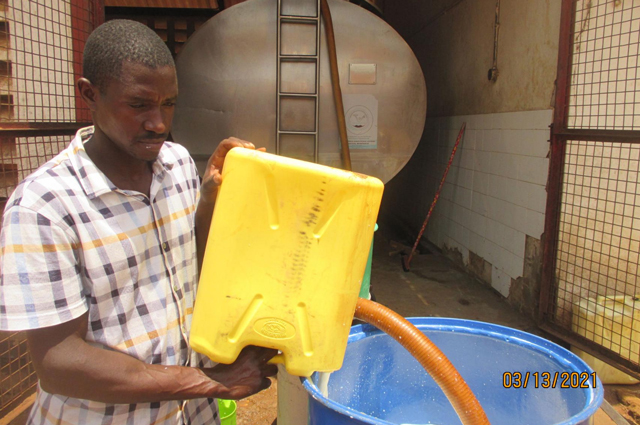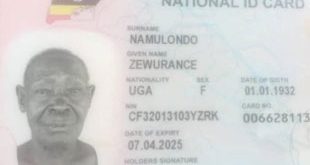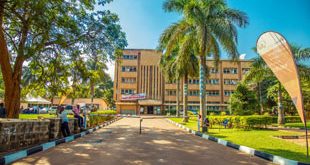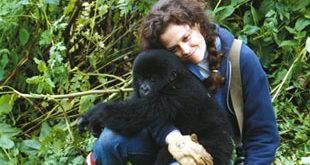
Nakasongola, Uganda | THE INDEPENDENT | Smallholder livestock farmers in Nakasongola district are struggling to access basic necessities due to a drop in milk production resulting from the prolonged dry spell. Several parts in the country including the Greater Luweero region where Nakasongola falls, have been experiencing a dry spell since November last year.
Information from Nakasongola District Agriculture Department indicates that more than 60 percent of the entire population in the district is dependent on livestock for their livelihood. Livestock farmers need fodder and water for the survival of their animals. The dry spell has had a serious impact on the animals due to the lack of water and grass. Several dams in the district have dried up forcing livestock farmers to trek long distances in search of water and grass for their animals.
This has in turn a huge toll on milk production and thereby affecting the incomes of the livestock farmers. Apparently, most of the livestock farmers can’t afford necessities such as Sugar, soap, food, treatment and pay school fees for their school-going children. Robert Lwanga is a livestock farmer at Kyangogolo village in Kyangogolo parish in Nabiswera Sub County, Nakasongola district.
According to Lwanga, in addition to livestock farming he is also involved in agriculture and apiary, which he practices on 100 Acres of land. Without mentioning the number of Cows he owns for security reasons, Lwanga says that his daily income is mainly from the milk. He, however, says that because of the dry spell, he only milks 3 cows, yet during the rainy, he milks more than 10 cows.
Each cow, he says gives him between 20-30 liters daily during the rainy season, but during the dry season, he only gets between 2-3 liters. During the rainy season, a liter he says goes for between Shillings 300-400 at the diary while in the dry season its fetches between Shillings 1, 000 and Shillings 1, 100. He, however, says that the cost of producing a single liter of milk is 50 per cent of the selling price.
According to Lwanga, as milk producers in the area, they formed Baliisa Kweterana Cooperative Society to strictly do collective marketing of the milk for their 70 members. He, however, says like his colleagues, he is struggling to survive with his family because of reduced daily income.
Robert Kamara is also a livestock farmer based at Kagiyo village, Kyangogoro Parish, Nabiswera Sub County in Nakasongola district. Kamara belongs to Nabiswera Livestock Cooperative Society Ltd, which comprises 45 members. Kamara’s experience is not any different from that of Lwanga.
He says that during the rainy season, he collects between 3 to4 20 liter jerry cans of milk that is about 80 liters while during the dry season, he collects between 10-15 liters only. He attributes the problem to lack of water because all the dams have dried up. He says the long-distance the cows move in search of water and pasture weakens them and thereby affects their productivity.
According to Kamara, the problem of pastures is worsened by the rampant bush burning by farmers clearing their gardens for planting, saying this denies their animals the little hay they would have eaten. He says they also face the challenge of ticks and diseases because their animals keep mixing with others and end up catching diseases.
He says the 45 farmers in their cooperative society are going through the same experience because of reduced milk production, which has affected their income. Currently, the farmers sell a liter of milk at between Shillings 1600 and 1800 at diaries in Luweero up from the usual Shillings 1000.
********
URN
 The Independent Uganda: You get the Truth we Pay the Price
The Independent Uganda: You get the Truth we Pay the Price


